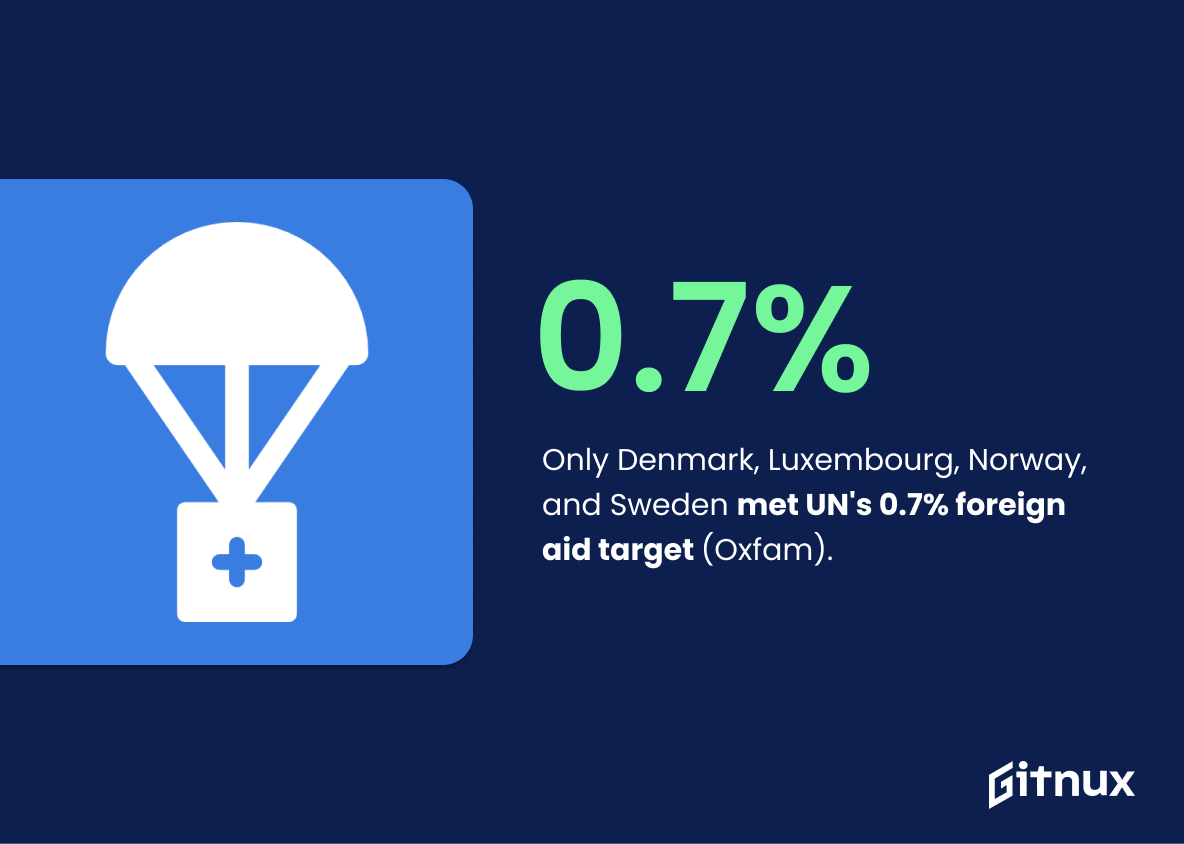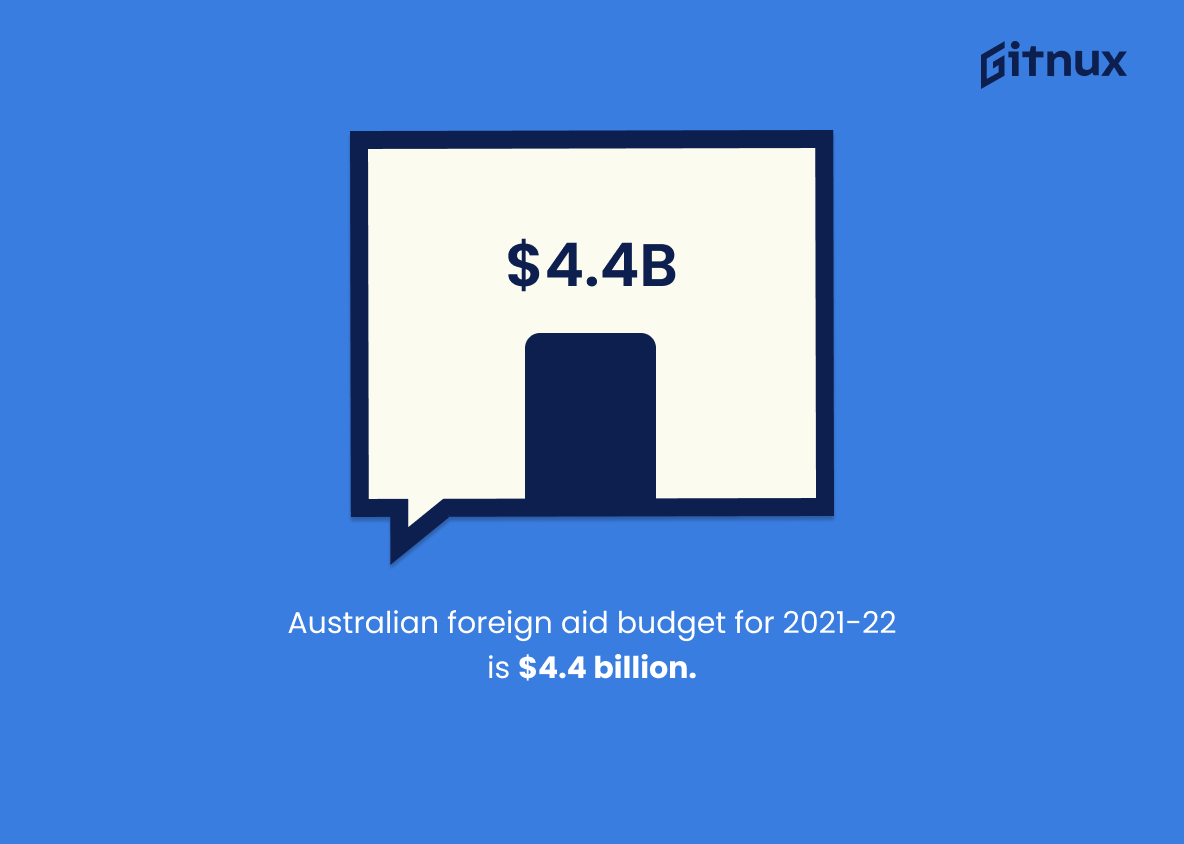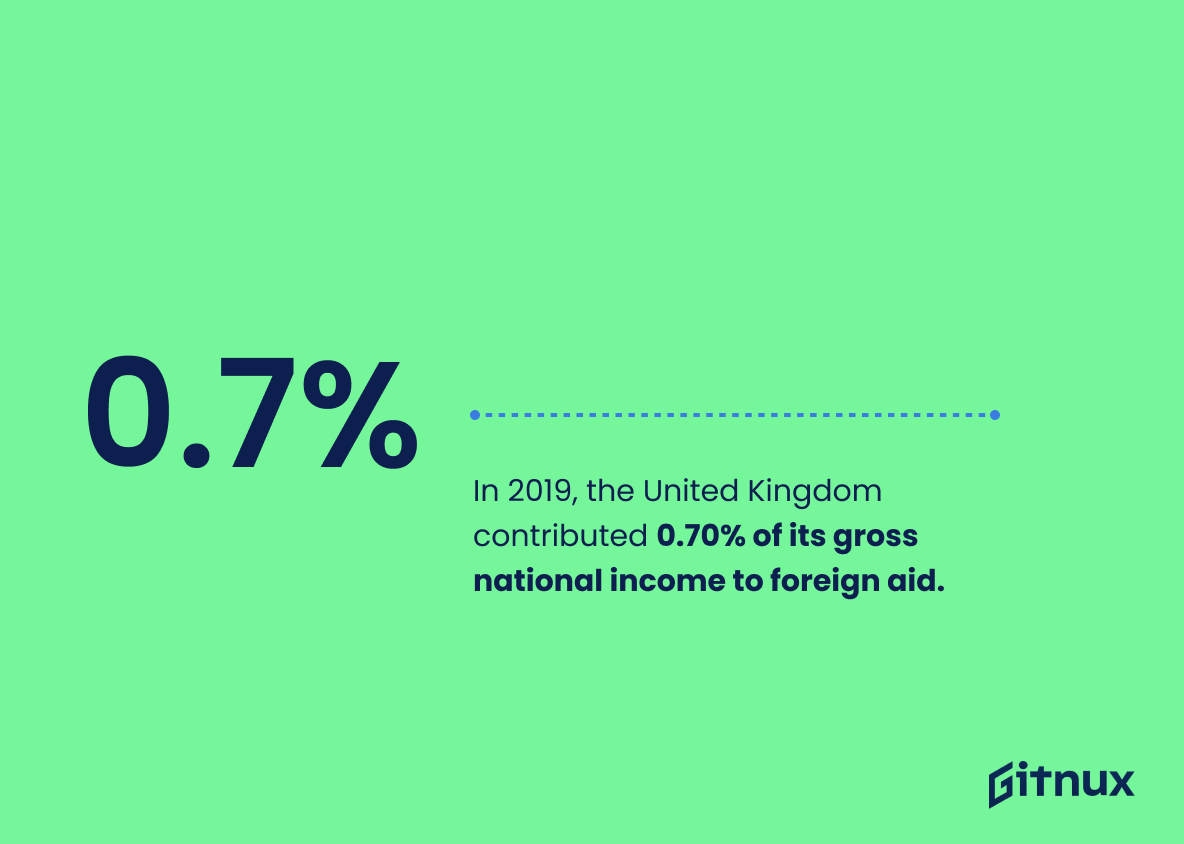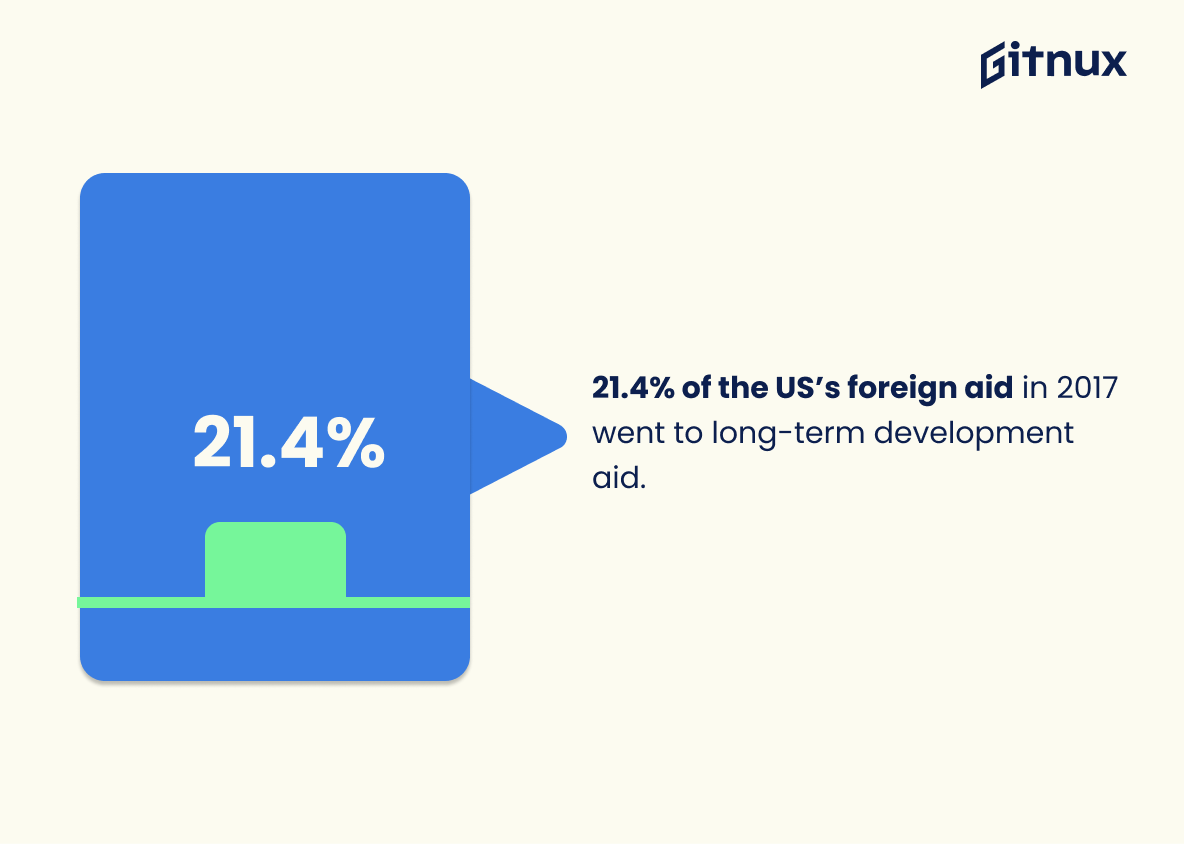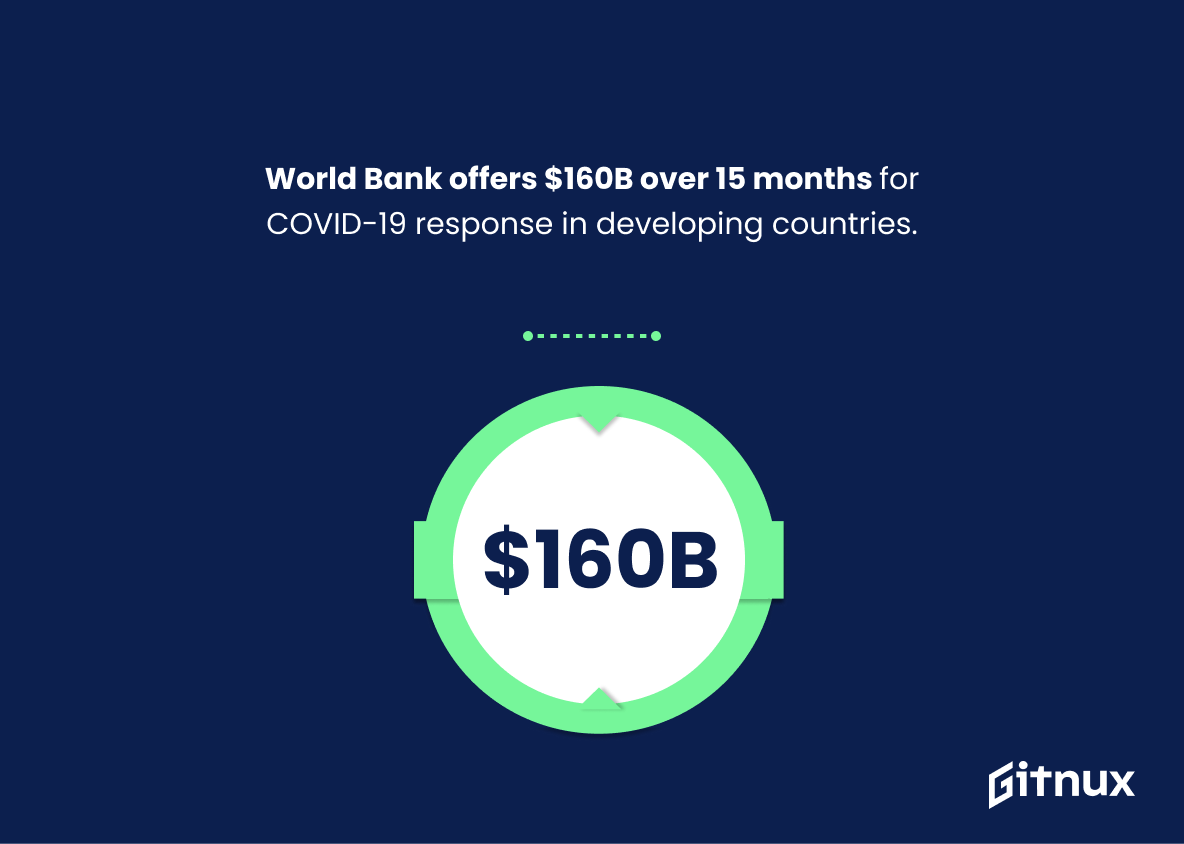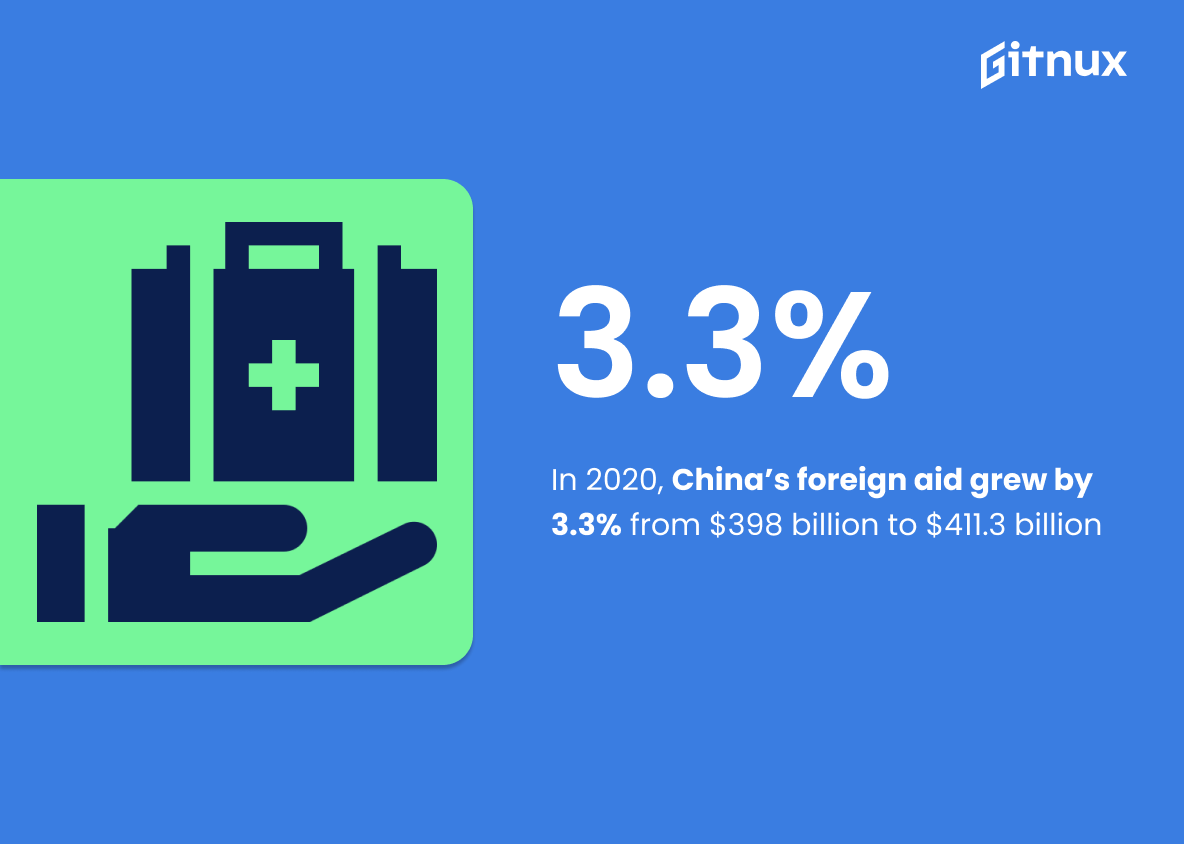Unraveling and understanding the dynamics of foreign aid is a complex task, one that’s tightly interlaced with a myriad of statistics and figures. Through this blog post, we aim to shed light on the compelling world of foreign aid, dissecting it to the core with key statistics and analyzable data. As foreign aid forms an integral part of the world’s economy and socio-political landscapes, we will delve into aspects such as its origins, who contributes and receives the most, and its tangible impacts. So, whether you’re a scholar, policy maker, or a curious reader, join us as we navigate through the convoluted maze of foreign aid statistics, yielding insights for better comprehension and future execution.
The Latest Foreign Aid Statistics Unveiled
As per Oxfam, just four countries; Denmark, Luxembourg, Norway, and Sweden have met UN’s foreign aid target of 0.7% of gross national income.
Putting a limelight on the stunning revelation by Oxfam, only a quartet of nations; Denmark, Luxembourg, Norway, and Sweden, stand tall in their commitment to the UN’s foreign aid target of 0.7% of gross national income. This prominent twist of statistics gives piercing insights into the geopolitical dynamics of foreign aid disbursement. With just these four nations touching the benchmark, it paints a less than flattering picture of global philanthropy. This data could steer the discourse by emphasizing the gulf between words and actions on nations’ pledges towards foreign aid. It also serves as a mirror to the rest of the world, stirring conversations about commitment versus implementation and delivering a robust reality-check. After all, in the grand theater of international aid, promises should translate into action, for the results to truly matter.
Australian foreign aid budget for 2021-22 is $4.4 billion.
Casting light on the generous allocation of $4.4 billion for the Australian foreign aid budget for 2021-22 illuminates the nation’s commitment to strengthen global ties, promote sustainable development, and alleviate global poverty. Moreover, it offers an enlightening beacon for the blog’s examination of Foreign Aid Statistics. The sizeable contribution benchmark Australia’s role in the global aid landscape, marking out as a crucial piece of a globally impactful puzzle. It simultaneously showcases their domestic priorities while painting a broadstroke backdrop of the weight of their international responsibilities.
In 2019, the United Kingdom contributed 0.70% of its gross national income to foreign aid.
Painting a vivid picture of generosity at a national scale, the figure of 0.70% illuminates the substantial role the United Kingdom played in 2019’s landscape of international assistance. It provides a tangible measure of the country’s commitment to ameliorating global disparities, setting a compelling grain of sand on the broad beach of foreign aid statistics. This tidbit of information unveils the sometimes obscured face of international solidarity, chiseling the hard numeric evidence of the global fight against poverty and inequality. A nation’s Gross National Income turned into an act of charity— a potent symbol of humanity within the dry world of data. Indeed, in a blog post about Foreign Aid Statistics, such a lively vignette breathes life and adds depth to the narratives usually hidden behind the figures.
21.4% of the US’s foreign aid in 2017 went to long-term development aid.
“In the realm of foreign aid statistics, the figure of 21.4% stands out prominently as the portion of the US’s foreign aid assigned to long-term development aid in 2017. This strikes as a key piece of information providing a gateway into the United States’ investment strategy in global humanitarian assistance. It prompts attention to the balance the US sets between immediate crisis intervention and funding sustainable improvements in other nations. In the grand discourse of foreign aid, it calls into question whether enough, too little, or just the right amount of resources are committed to sustainable development. So, when we delve deeper into the world of foreign aid statistics, this 21.4% is not just a number but a marker of policy direction and investment priorities.”
The World Bank plans to provide $160 billion in grants and financial support over a 15-month period to help developing countries respond to the COVID-19 pandemic.
Diving headfirst into the ocean of Foreign Aid Statistics, this specific data point comes up like a hidden treasure chest. The commitment by the World Bank to provide such a substantial amount ($160 billion) in grants and financial support to safeguard developing countries from the effects of the COVID-19 pandemic serves as a beacon of international solidarity. It dramatically emphasizes the sheer scale and importance of foreign aid as we navigate through these tumultuous and unprecedented times.
This remarkable figure, spread over a 15-month timeline, not only highlights the urgency and magnitude of the crisis, but also underscores the significant role of foreign aid in mitigating the pandemic’s impact. It illustrates that when leveraged effectively, foreign aid is not just a handout, but a lifeline for vulnerable nations amidst the global crisis. This statistic, therefore, becomes a game-changer in terms of understanding the landscape of foreign aid, cementing its crucial role in buffering global shocks, fostering economic stability, and promoting social improvement in developing nations.
In 2020, China’s foreign aid grew by 3.3% from $398 billion to $411.3 billion
Highlighting the statistic – “In 2020, China’s foreign aid grew by 3.3% from $398 billion to $411.3 billion” in a blog post on Foreign Aid Statistics paints a vivid landscape of the monumental role China plays in global philanthropy. Grasping this percentage shift propels us into the heart of China’s expanding influence in international aid, reinforcing its position as a dominant player on the global stage. Furthermore, it accentuates the rise in foreign aid despite the adverse economic impacts of a global pandemic. This statistic becomes a critical cornerpiece, not only in measuring China’s growing economic prowess, but it also provides a significant reference point for the increasing commitment of emerging economies to global humanitarian efforts.
Conclusion
Understanding foreign aid statistics is crucial in grasping the complexities of global economics and humanitarian efforts. These figures not only indicate the generosity of nations, but also provide insights into the economic and political relationships among countries. It’s clear that foreign aid has a significant impact, contributing to poverty reduction, promoting development, and fostering goodwill between nations. However, allocation and effectiveness of this aid continue to raise concerns that need to be addressed. It’s hoped that the various stakeholders will use these statistics to make more informed decisions, enhancing the efficiency and impact of global aid. As we move forward, transparency, accountability, and an increased focus on sustainability should be prioritized in the domain of foreign aid, ensuring resources are utilized where they are most needed.
References
0. – https://www.www.oxfam.org
1. – https://www.borgenproject.org
2. – https://www.www.dfat.gov.au
3. – https://www.www.worldbank.org
4. – https://www.fullfact.org
5. – https://www.qz.com
